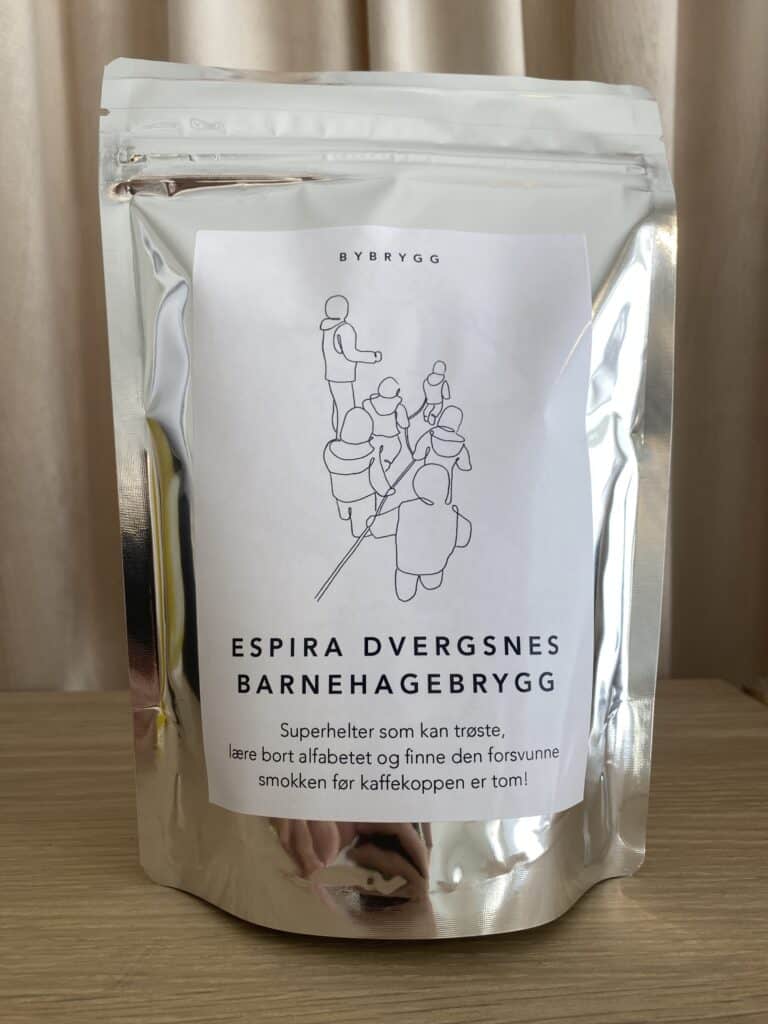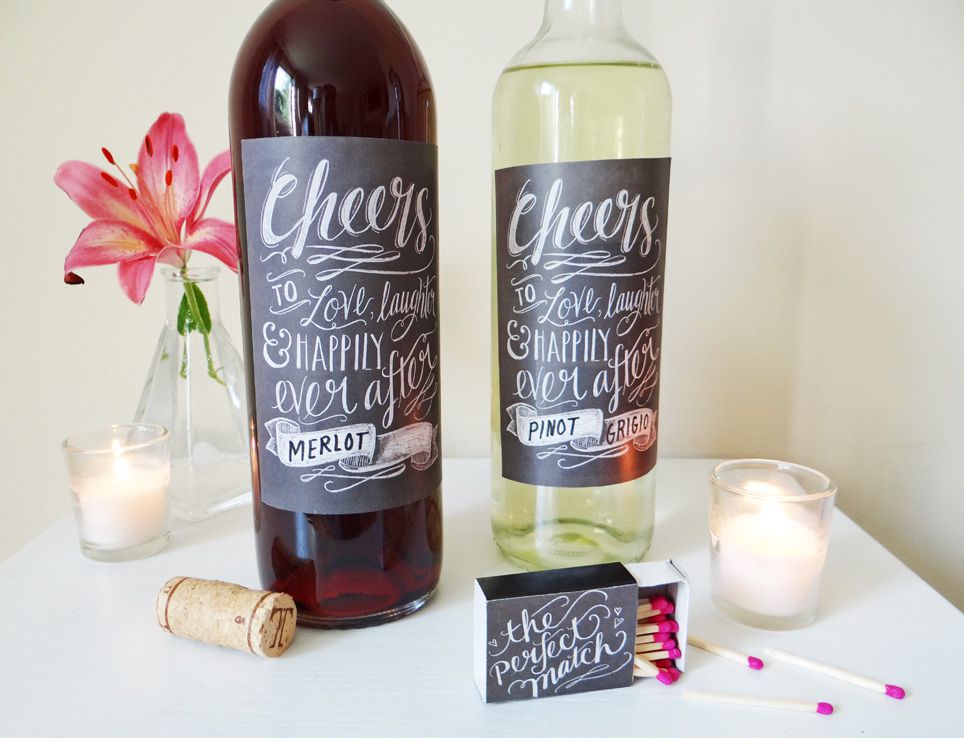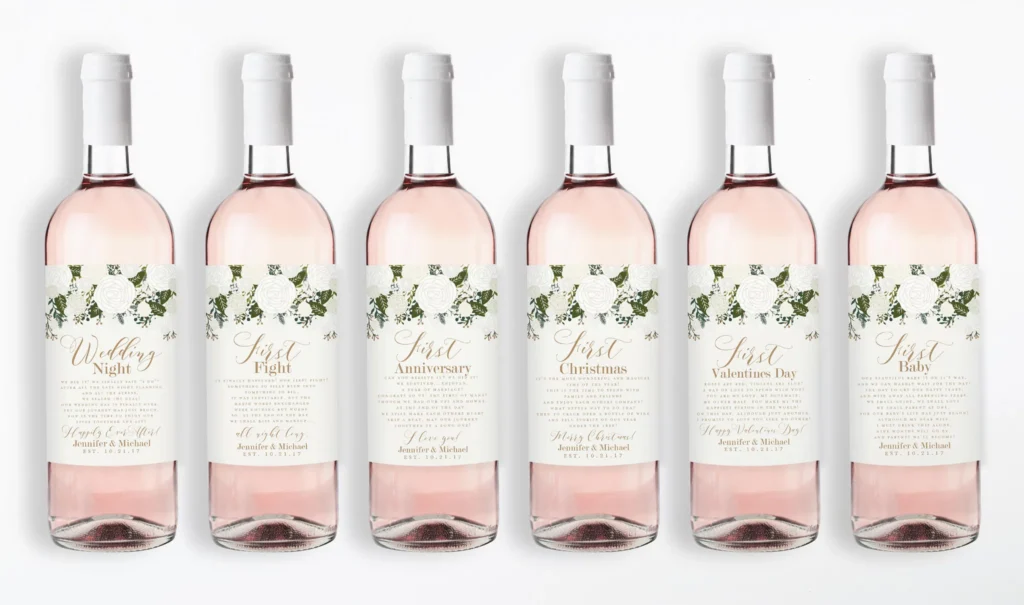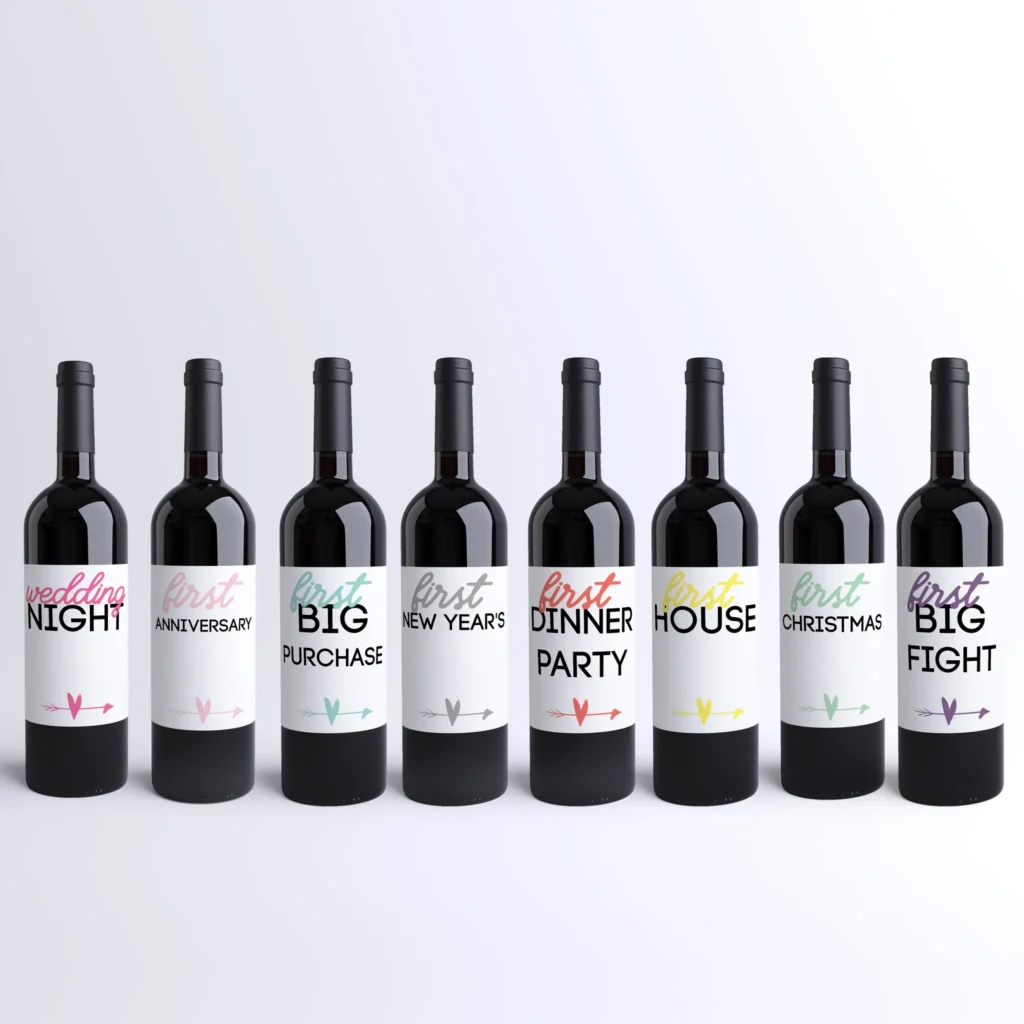Norwegian holidays are a mix of ancient Norse traditions and modern celebrations, emphasizing community, heritage, and meaningful gift-giving. Here’s a quick summary:
- Major Holidays:
- Christmas (Jul): Rooted in Norse customs with feasts, gift exchanges, and the mythical Nisse.
- Constitution Day (May 17th): Parades, bunads (traditional costumes), and patriotic celebrations.
- Easter (Påske): Ski trips, crime novels, and family gatherings.
- Midsummer (Sankthans): Bonfires and outdoor festivities.
- New Year’s Eve: Fireworks, champagne, and festive meals.
- Gift-Giving Customs:
- Focus on thoughtfulness over cost.
- Popular gifts include handmade items, local products, and eco-friendly choices.
- Gifts are often opened in front of others to emphasize shared experiences.
- Gift Ideas:
- Traditional: Dale of Norway sweaters, Hen Woodworks crafts, and Freia chocolates.
- Modern: Eco-friendly items, design objects, and experience gifts like DNT cabin passes or opera tickets.
- Holiday-Specific: Constitution Day flag pins, Christmas nisse dolls, Easter hiking gear, and New Year’s aquavit.
Understanding these traditions helps you connect with Norwegian culture while celebrating its unique blend of history and modernity.
Christmas In Norway – Norwegian Christmas Traditions, Food and Culture
Major Holidays in Norway and How They Are Celebrated
Norway’s calendar is filled with celebrations that mix ancient Norse traditions with modern customs. Each holiday brings communities together with unique practices and cultural significance.
Constitution Day (May 17th)
Known as Syttende Mai, this is Norway’s most patriotic holiday, marking the signing of the Norwegian Constitution in 1814. Streets come alive with colorful parades and people dressed in traditional bunads (Norwegian costumes). Communities host flag-raising ceremonies, accompanied by music and festivities.
Christmas (Jul)
Christmas in Norway starts in late November, with cities and homes adorned in lights and decorations. On Christmas Eve (Julaften), families gather for feasts featuring dishes like lutefisk (dried whitefish), ribbe (roast pork belly), and pinnekjøtt (lamb ribs). Gift-giving is inspired by the mythical Nisse, and many leave a bowl of Nissegrøt (rice porridge) for the Fjøsnissen, a barn-dwelling figure similar to Santa Claus [1].
During Easter, Norwegians embrace Påskekrim, a tradition of reading crime novels. Many families head to mountain cabins for skiing, outdoor fun, and meals that include pickled herring and lamb. Extended family gatherings are a key part of the holiday.
Midsummer (Sankthans)
Sankthans, or Jonsok, celebrates the summer solstice with community bonfires. These gatherings, rooted in old pagan customs, bring people together for outdoor festivities, including picnics and traditional dancing [3].
New Year’s Eve
New Year’s Eve combines modern and traditional celebrations. Families enjoy meals like lamb or pork ribs, followed by champagne toasts at midnight. Fireworks light up the sky, with Oslo’s harbor offering a particularly dazzling display.
These holidays showcase Norway’s rich heritage and the strong sense of community that defines its culture. Understanding these traditions can help in connecting with Norwegian customs and values.
Norwegian Gift-Giving Customs
Gift-giving in Norway is a reflection of the country’s emphasis on personal connections and thoughtfulness. Understanding these traditions can help you navigate social occasions and build stronger relationships with Norwegian friends and family.
What to Keep in Mind When Giving Gifts
In Norway, the thought behind a gift matters more than its price tag. Here are some tips to guide your choices:
- Handmade items: Knitted clothing or wooden toys are always appreciated.
- Local products: Gifts that showcase Norwegian craftsmanship are highly valued.
- Useful and high-quality items: Practicality is often preferred.
- Books: Especially popular during the Christmas season.
- Thoughtful choices: Focus on gifts that show care and effort.
- Consider sustainability: Norwegians appreciate eco-friendly and thoughtful gifting.
- Avoid extravagance: Overly expensive or flashy gifts can feel out of place.
When to Give Gifts
Gift-giving in Norway often revolves around specific occasions. The most significant is Christmas, where presents are traditionally exchanged and opened on Christmas Eve after dinner in a cozy family setting [2]. Other moments, such as Easter (Påske), Constitution Day, and birthdays, are also opportunities for thoughtful, seasonal gifts [3].
“In Norway, there is a historical tradition of reciprocity in gift-giving, where gifts are expected to be reciprocated with something of equal value” [4].
sbb-itb-b864558
Gift Ideas for Norwegian Holidays
Classic Norwegian Gifts
Norwegian gifts often highlight the country’s deep cultural roots. Traditional presents that celebrate Norway’s heritage are always appreciated. Handmade items crafted by local artisans, especially those featuring iconic Norwegian patterns, hold a special place in gift-giving.
Dale of Norway sweaters, known for their timeless patterns like Setesdal, are both stylish and practical, ranging from 1,200-2,500 NOK. Another thoughtful choice is handcrafted wooden items from Hen Woodworks in Oslo. Their butter knives (195 NOK) and cutting boards (450-800 NOK) showcase Norway’s love for natural materials and quality craftsmanship.
For those with a sweet tooth, Freia’s seasonal chocolate gift boxes are a hit. Their “Kvikk Lunsj” winter collection (299 NOK) pairs perfectly with outdoor adventures, making it a delightful and versatile gift.
Modern and Useful Gifts
Modern Norwegian gifts combine innovation with practicality, blending contemporary design with a focus on sustainability. These gifts reflect Norway’s forward-thinking mindset while staying true to its cultural values.
Popular Modern Gift Categories:
| Category | Examples | Price Range (NOK) |
|---|
| Eco-Friendly Items | HAY bottles, Swims gear | 300-1,200 |
| Design Objects | Nordic home accessories | 500-2,000 |
| Experience Gifts | DNT cabins, Opera tickets | 600-1,500 |
For summer gifting, Vestre‘s portable ‘Folk’ outdoor furniture (from 890 NOK) is a stylish and practical option. Experience gifts are another thoughtful choice – DNT cabin memberships (680 NOK) or tickets to the Oslo Opera (600-1,500 NOK) reflect Norway’s love for nature and the arts.
For tech enthusiasts, the Remarkable digital tablet (from 2,990 NOK) is a standout option. Combining sleek design with functionality, it’s perfect for professionals looking to stay organized and eco-conscious.
With these ideas, you’re well-equipped to find the perfect gift for any Norwegian holiday.
Holiday-Specific Gift Suggestions
Norway’s tradition of giving thoughtful and meaningful gifts shines through during its holidays. Here are some ideas tailored to specific celebrations.
Gifts for Constitution Day
Constitution Day calls for gifts that celebrate Norwegian heritage and pride. Consider the Norwegian flag pin collection from Norge Design (195-450 NOK), which offers stylish accessories perfect for the occasion.
Popular Constitution Day Gift Ideas:
| Gift Type | Examples | Price Range (NOK) |
|---|
| Traditional & Heritage Items | Bunad silver, Folk art, Flag pins | 195-3,500 |
| Celebration Supplies | Quality flags, Parade gear | 250-800 |
Gifts for Christmas
Christmas in Norway is all about cozy traditions and festive charm. Handcrafted julekurver (Christmas baskets) from Bergen Kunsthåndverk (350-800 NOK) showcase beautiful craftsmanship. For a touch of Norwegian authenticity, hand-knitted nisse dolls from Oslo’s Husfliden (450 NOK) make for delightful decorations.
Gifts for Easter
Easter gifts often combine outdoor fun with traditional treats. Luxurious påskeegg from Chocolate Factory Oslo (350-750 NOK) come in hand-painted shells, making them as decorative as they are delicious. For outdoor enthusiasts, DNT’s spring hiking equipment packages (1,200-2,500 NOK) are perfect for enjoying the beloved påsketur tradition.
Gifts for Midsummer
Midsummer celebrations embrace nature and festivity. Flower crowns from Flora Oslo (300-600 NOK) are a beautiful way to complement the season’s outdoor gatherings and festivities.
Gifts for New Year’s Eve
New Year’s Eve gifts are all about elegance and celebration. Det Norske Brenneri‘s limited edition aquavit (750 NOK) adds a touch of tradition to toasts, while Holmegaard‘s champagne glasses (set of 6 for 1,200 NOK) bring timeless Scandinavian style to the table.
“In Norway, it is customary to give gifts that are thoughtful and personal, rather than expensive. Consider the occasion and the recipient’s preferences when choosing a gift.”
Conclusion: Understanding Norwegian Holidays and Gifts
Key Takeaways
Norwegian holidays and gift-giving customs highlight values like simplicity, care, and a focus on the environment. According to Kosibox, people in Norway tend to favor gifts that are locally made and eco-conscious rather than mass-produced items.
Each holiday reflects Norway’s appreciation for community, nature, and cultural heritage, with gift-giving practices shaped by these values. While historical laws in Norway once emphasized reciprocity in gift exchanges, today the focus is more on the thought behind the gift than its price.
“Norwegians value sustainability and locally produced goods.” – Kosibox
During Norwegian celebrations, gifts are usually opened as soon as they are received. This tradition reflects a deep connection to nature and heritage, prioritizing meaningful gestures and relationships over material value.
Helpful Resources
If you’re interested in learning more about Norwegian traditions, these resources are a great place to start:
- Visit Norway: The official tourism website with up-to-date details on seasonal events and celebrations.
- Norwegian Museum of Cultural History: Offers interactive experiences with traditional crafts and holiday customs.
Being part of Norwegian celebrations means embracing kos – a cozy and thoughtful atmosphere. Understanding these traditions can help you build genuine connections within Norwegian society while honoring customs that have stood the test of time.
FAQs
Is there a popular Christmas gift in Norway?
In Norway, traditional woolen items are a favorite choice for Christmas gifts. Hand-knitted gloves, warm socks, and cozy slippers (tøfler) are especially popular. Food baskets featuring local treats like lefse, krumkaker, and regional cheeses are also well-loved, offering a mix of practicality and a nod to Norwegian heritage [2].
What is a good souvenir from Oslo?
Oslo is a great place to find souvenirs that reflect Norwegian culture. Traditional wool sweaters, such as the Lusekofte, highlight the country’s long-standing knitting traditions. Sami handicrafts and Viking-inspired items also provide a glimpse into Norway’s rich history. For something more modern, visit the artisan shops in Grünerløkka to discover unique pieces that combine traditional techniques with contemporary Nordic design.
These gifts and souvenirs celebrate Norway’s traditions while offering a way to connect with its culture and people.
Related Blog Posts












